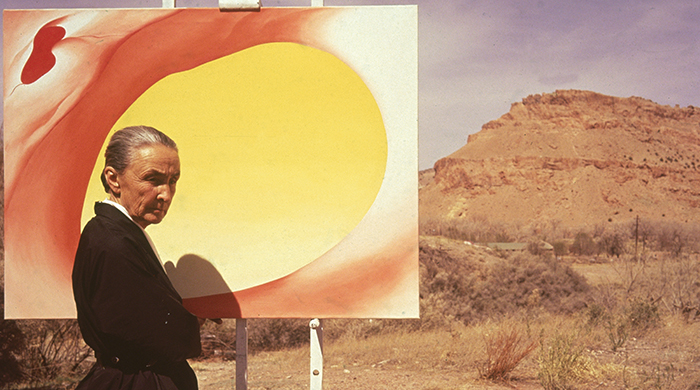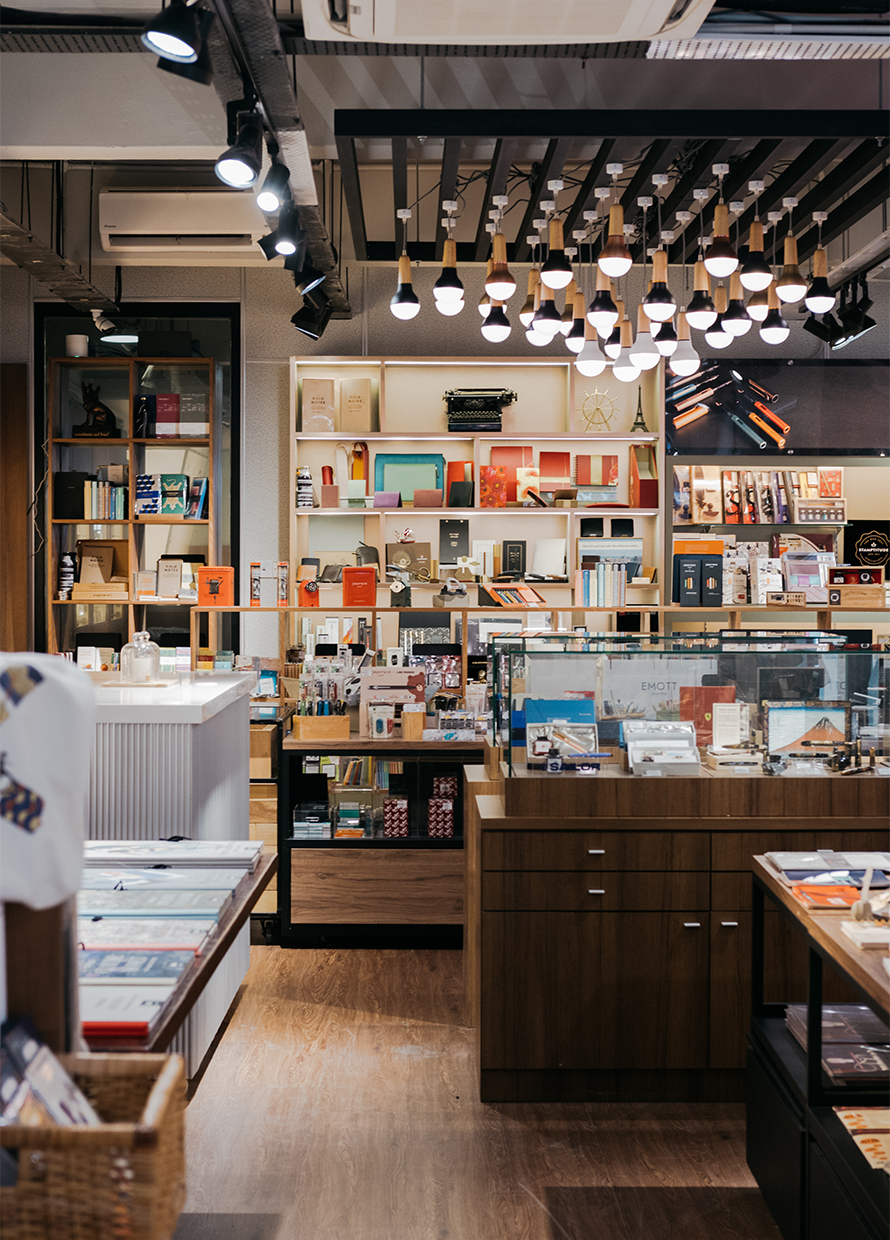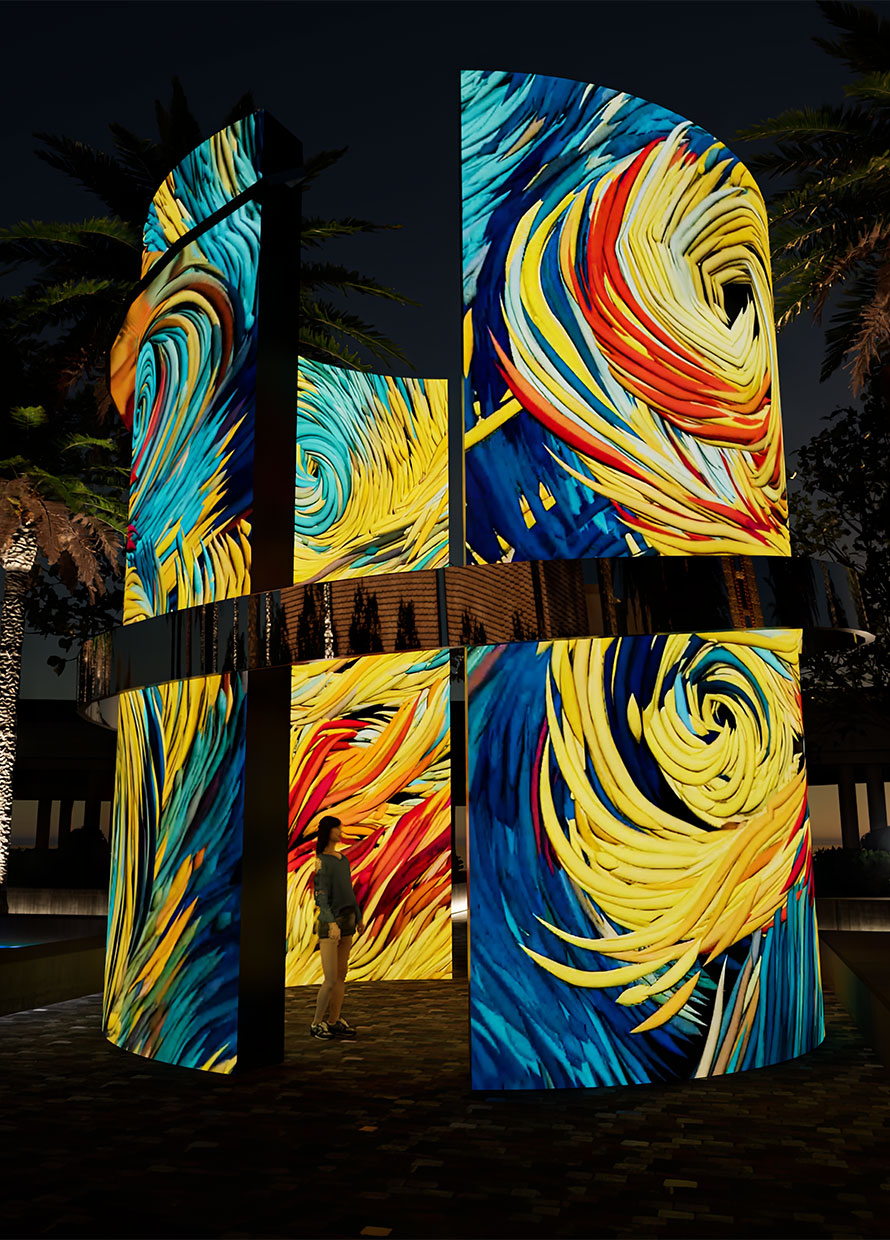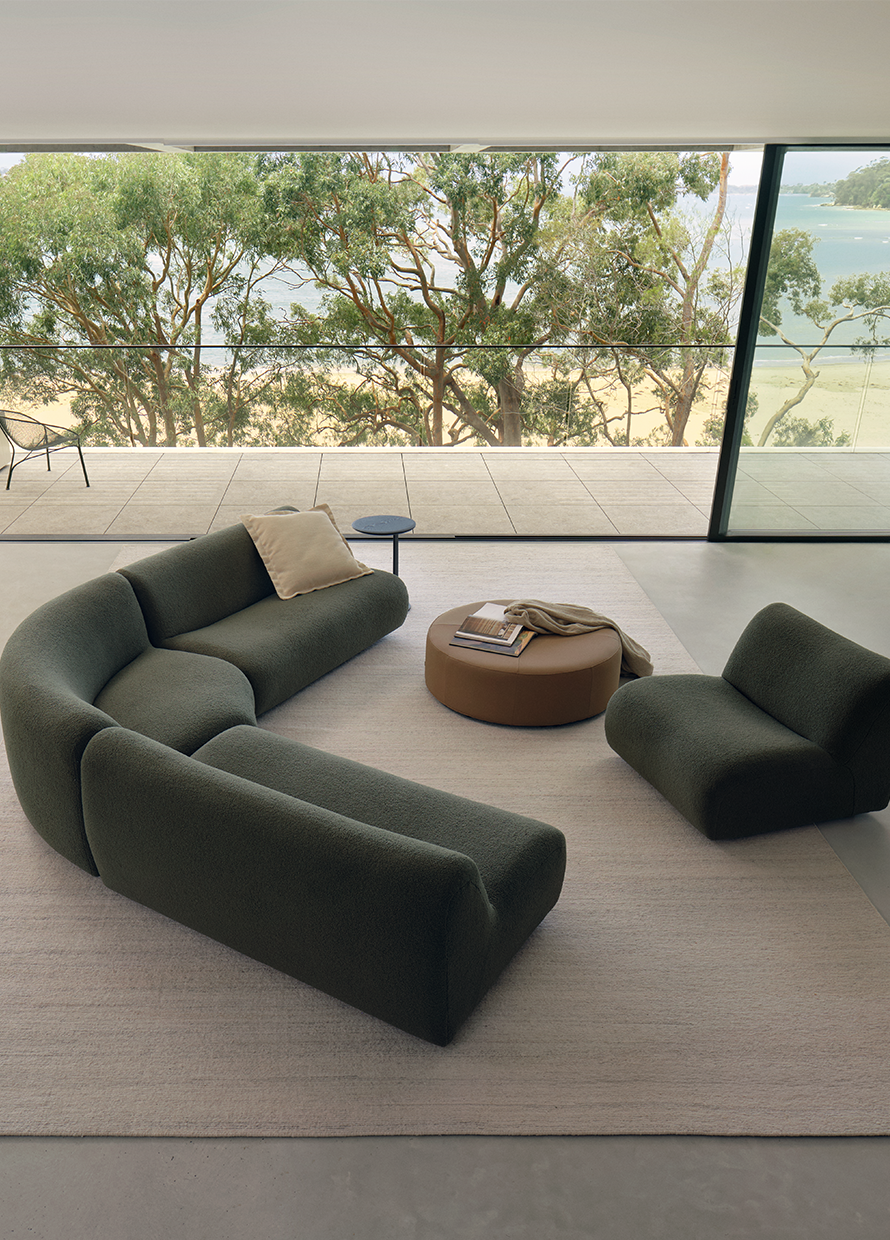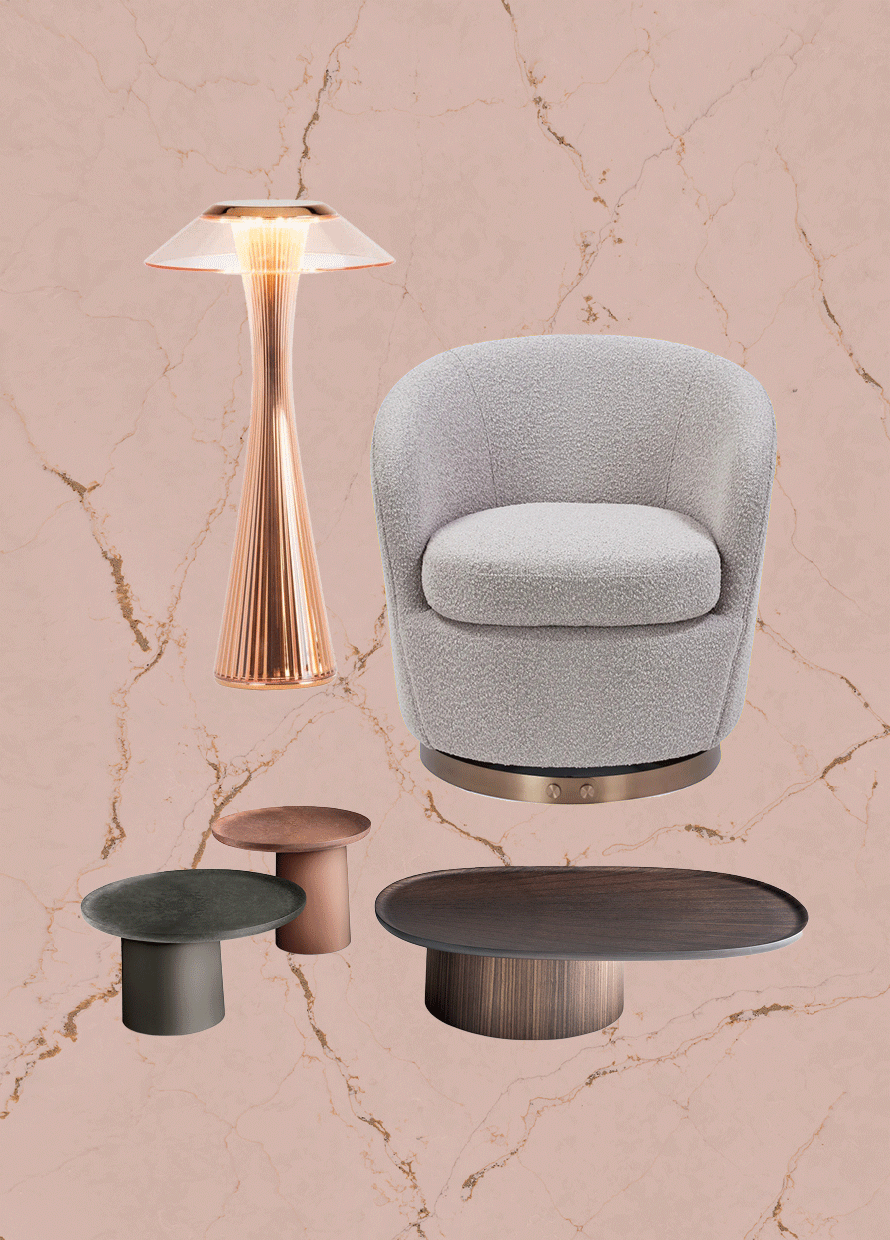The language of Georgia O’Keeffe’s paintings is unmistakable. As a pioneer of modernism, American art O’Keeffe works are idiosyncratically abstract. Most recognizable are the artist’s depictions of both New York and New Mexico as well as her numerous blooming and sensuous renderings of flowers. Decidedly feminine, O’Keeffe’s works made a subversive and lasting entry into the canon of American art.
O’Keeffe was born in 1887 to dairy farmers in Wisconsin. She moved to Chicago in in 1905 to attend the School of the Art Institute and then to New York in 1907 to the Art Students League. For the next decade, O’Keeffe would work as a commercial painter and teacher, her work taking her to Virginia as well as Texas. It was only in 1916 when O’Keeffe’s work would gain public attention. As the story goes, a friend of O’Keeffe mailed a set of charcoal drawings to Alfred Stieglitz, a photographer and the owner of the 291 Gallery in Manhattan. Although O’Keeffe knew Stieglitz had her work, she was surprised when they were exhibited and confronted Stieglitz at the gallery. This meeting was serendipitous. O’Keeffe’s first full exhibition would take place at the 291 Gallery a year later. By another, Stieglitz and O’Keeffe would live together, beginning their oft-mythologized and much documented relationship.
O’Keeffe then became both artist and muse. Stieglitz began photographing O’Keeffe, eventually producing nearly 350 portraits of her. The photos were often erotic, playing off of O’Keeffe’s serious, incisive gaze and the sepia and dark tones Stieglitz used. Steiglitz’s camera work was in direct conversation with O’Keeffe’s paintings. Often choosing to paint detailed, close-up depictions of natural bodies, O’Keeffe’s work was all about lenses and frames. The cropped perspective shown towards flowers and deserts and cityscapes permitted O’Keeffe to draw out the unusual in the familiar. The large paintings of flowers marked the height of the artist’s fame in the late 1920s.

At the start of the new decade, O’Keeffe found her marriage and herself in a state of uncertainty. She moved to New Mexico without Stieglitz. This move would define the next period of her oeuvre. The iconic images of bleached skulls often back dropped by canyons and a wild, heated desert were born from this move. O’Keeffe embraced the isolation of Abiquiu. In 1949, Vogue would shoot the artist in her new home. These new photos were O’Keeffe’s reclamation of her own image from the authority of Stieglitz’s gaze. She would curate her own art. From this point, O’Keeffe, both as artist and person, would become more selective. In a profile piece in the Saturday Review written by her friend, Anita Pollitzer in 1950, O’Keeffe is quoted, “I know I am unreasonable about people but there are so many wonderful people whom I can’t take the time to know“.
In the 1940s, O’Keeffe’s name would be cemented in the register of essential American art. She would be the centre of two, one-woman retrospectives; at the Art Institute of Chicago and at the Museum of Modern Art in Manhattan. The Whitney Museum of American Art would begin a long-term project to catalogue her works. For the next forty years, the artist would work between New York and New Mexico, moving permanently to Abiquiu following Stieglitz’s death in 1946. O’Keeffe would find friendship with a young potter named Juan Hamilton in the 1970s. As her vision deteriorated, Hamilton taught O’Keeffe to work with clay instead of oils. She managed her business until her death in 1986. O’Keeffe is remembered for works which renewed the ordinary, which turned the lens on feminine stereotype and for complete embrace of her art, her work and her self.
See a selection of Georgia O’Keeffe’s work here.
| SHARE THE STORY | |
| Explore More |
